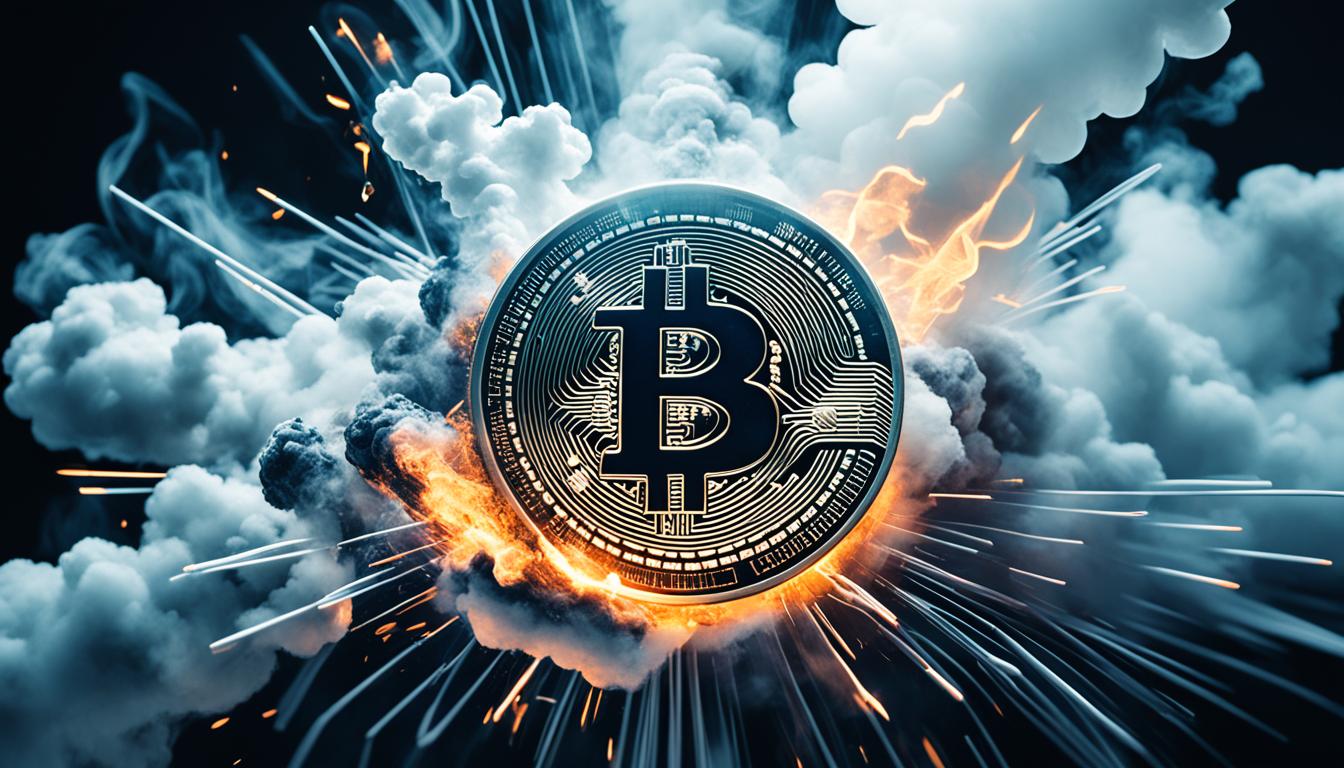Proof of Burn (PoB) is a blockchain consensus method where participants permanently destroy (or “burn”) their cryptocurrency to gain the right to validate transactions and create new blocks. The more coins someone burns, the better their chances of being selected to add the next block—similar to investing in the network’s future.
Unlike Proof of Work, which uses a lot of electricity, PoB is energy-efficient. And unlike Proof of Stake, which favors users with large holdings, PoB requires a real sacrifice of coins, showing commitment to the network.
Some blockchains, like Binance with its BNB token, use a version of this idea by regularly burning coins to reduce supply, which can increase value. While PoB isn’t common yet, it’s seen as a creative approach to building trust and fairness in decentralized systems.

